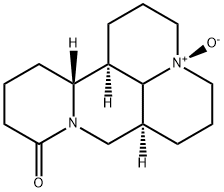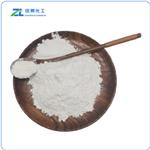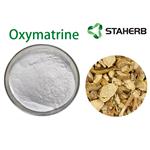
Ammothamnine
- Product NameAmmothamnine
- CAS16837-52-8
- CBNumberCB3150469
- MFC15H24N2O2
- MW264.36
- EINECS605-514-4
- MDL NumberMFCD00210339
- MOL File16837-52-8.mol
Chemical Properties
| Melting point | 208℃ |
| storage temp. | Inert atmosphere,2-8°C |
| solubility | methanol: soluble10mg/mL, clear, colorless |
| pka | 4.87±0.20(Predicted) |
| form | powder |
| color | white to off-white |
| Stability | Hygroscopic |
| InChIKey | XVPBINOPNYFXID-LHDUFFHYSA-N |
| FDA UNII | 85U4C366QS |
Safety
| Symbol(GHS) |

|
|||||||||
| Signal word | Warning | |||||||||
| Hazard statements | H302 | |||||||||
| Precautionary statements | P264b-P270-P301+P312-P330-P403-P501c | |||||||||
| Hazard Codes | Xn | |||||||||
| Risk Statements | 22-20/22 | |||||||||
| Safety Statements | 24/25 | |||||||||
| WGK Germany | 3 | |||||||||
| RTECS | OQ1770000 | |||||||||
| HS Code | 29399990 | |||||||||
| Hazardous Substances Data | 16837-52-8(Hazardous Substances Data) | |||||||||
| NFPA 704: |
|


